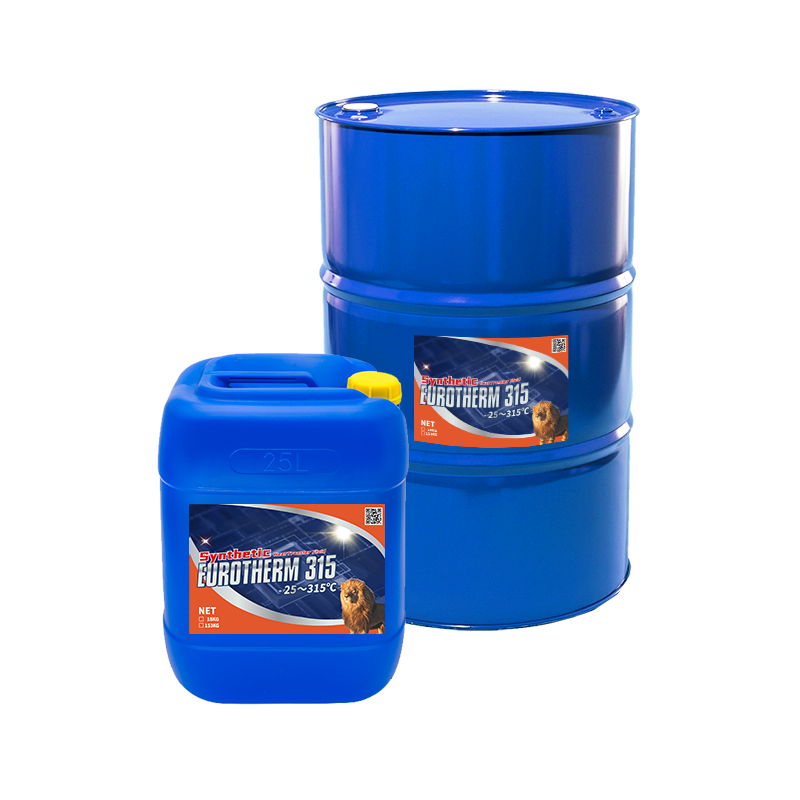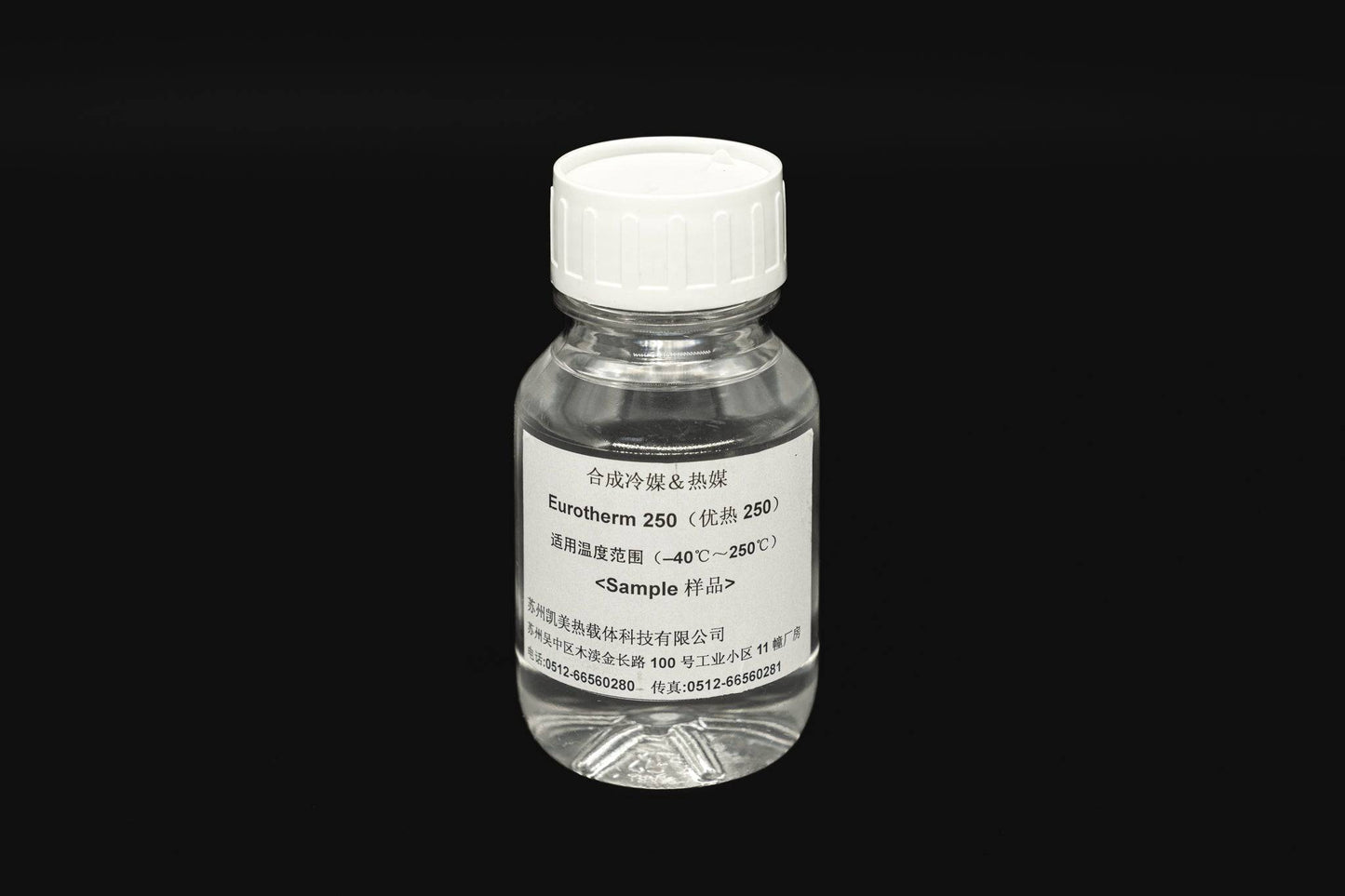The Greatest Guide To Chemie
Our Chemie Ideas
Table of ContentsSome Known Incorrect Statements About Chemie Chemie Fundamentals ExplainedThe Best Strategy To Use For ChemieChemie for Dummies3 Easy Facts About Chemie ShownThe Ultimate Guide To Chemie
By Bojanna Shantheyanda, Sreya Dutta, Kevin Coscia and David SchiemerDynalene, Inc. Fluid cooling, which can be achieved utilizing indirect or straight means, is used in electronic devices applications having thermal power densities that might surpass risk-free dissipation with air cooling. Indirect fluid air conditioning is where heat dissipating digital components are literally divided from the liquid coolant, whereas in situation of straight cooling, the elements remain in straight call with the coolant.In indirect cooling applications the electric conductivity can be vital if there are leaks and/or spillage of the fluids onto the electronic devices. In the indirect air conditioning applications where water based liquids with corrosion inhibitors are normally made use of, the electrical conductivity of the liquid coolant generally relies on the ion concentration in the fluid stream.
The boost in the ion focus in a shut loop fluid stream may take place as a result of ion seeping from metals and nonmetal parts that the coolant liquid touches with. During operation, the electric conductivity of the fluid might increase to a level which could be harmful for the cooling system.
A Biased View of Chemie
(https://padlet.com/betteanderson/my-brilliant-padlet-dfjgc0w20iwe1uo9)They are grain like polymers that can exchanging ions with ions in a service that it is in contact with. In the here and now work, ion leaching tests were carried out with various steels and polymers in both ultrapure deionized (DI) water, i.e. water which is dealt with to the greatest degrees of pureness, and low electric conductive ethylene glycol/water combination, with the determined change in conductivity reported over time.
The examples were allowed to equilibrate at room temperature level for two days prior to tape-recording the initial electric conductivity. In all tests reported in this research fluid electric conductivity was measured to an accuracy of 1% using an Oakton disadvantage 510/CON 6 series meter which was calibrated prior to each measurement.
The Facts About Chemie Revealed
from the wall home heating coils to the facility of the furnace. The PTFE example containers were positioned in the heater when stable state temperature levels were gotten to. The test setup was eliminated from the heater every 168 hours (7 days), cooled to room temperature with the electrical conductivity of the fluid determined.
The electric conductivity of the liquid example was kept an eye on for a total amount of 5000 hours (208 days). Number 2. Schematic of the indirect shut loophole cooling down experiment set up - inhibited antifreeze. Table 1. Elements made use of in the indirect shut loop cooling experiment that are in contact with the fluid coolant. A schematic of the speculative setup is displayed in Number 2.

The Single Strategy To Use For Chemie
Throughout operation the fluid reservoir temperature was preserved at 34C. The adjustment in liquid electric conductivity was monitored for 136 hours. The fluid from the system was gathered and kept. Likewise, shut loophole examination with ion exchange resin was brought out with the exact same cleansing treatments utilized. The first electric conductivity of the 230ml UP-H2O in the system gauged 1.84 S/cm.

0.1 g of Dowex resin was included in 100g of liquid examples that was taken in a separate container. The combination was stirred and alter in the electric conductivity at area temperature was determined every hour. The gauged change in the electrical conductivity of the UP-H2O and EG-LC test liquids having polymer or metal when immersed for 5,000 hours at 80C is shown Figure 3.
The 5-Minute Rule for Chemie
Ion seeping experiment: Calculated modification in electrical conductivity of water and EG-LC coolants including either polymer or metal examples when submersed for 5,000 hours at 80C. The results indicate that steels contributed fewer ions into the liquids than plastics in both UP-H2O and EG-LC based coolants.
Fluids having polypropylene and HDPE displayed the lowest electric conductivity modifications. This could be as a result of the short, inflexible, direct chains Home Page which are much less likely to add ions than longer branched chains with weaker intermolecular pressures. Silicone likewise performed well in both examination fluids, as polysiloxanes are normally chemically inert due to the high bond power of the silicon-oxygen bond which would stop degradation of the product right into the fluid.
The 6-Minute Rule for Chemie
It would certainly be anticipated that PVC would create comparable outcomes to those of PTFE and HDPE based upon the comparable chemical frameworks of the materials, nonetheless there may be other pollutants existing in the PVC, such as plasticizers, that might affect the electrical conductivity of the liquid - dielectric coolant. Furthermore, chloride teams in PVC can likewise seep right into the examination liquid and can create a rise in electric conductivity
Buna-N rubber and polyurethane showed signs of degradation and thermal decay which suggests that their possible utility as a gasket or sticky material at higher temperatures might cause application problems. Polyurethane totally broke down right into the examination liquid by the end of 5000 hour test. Figure 4. Before and after images of metal and polymer samples submersed for 5,000 hours at 80C in the ion seeping experiment.
Calculated adjustment in the electric conductivity of UP-H2O coolant as a function of time with and without resin cartridge in the shut indirect air conditioning loophole experiment. The gauged change in electrical conductivity of the UP-H2O for 136 hours with and without ion exchange material in the loophole is shown in Figure 5.